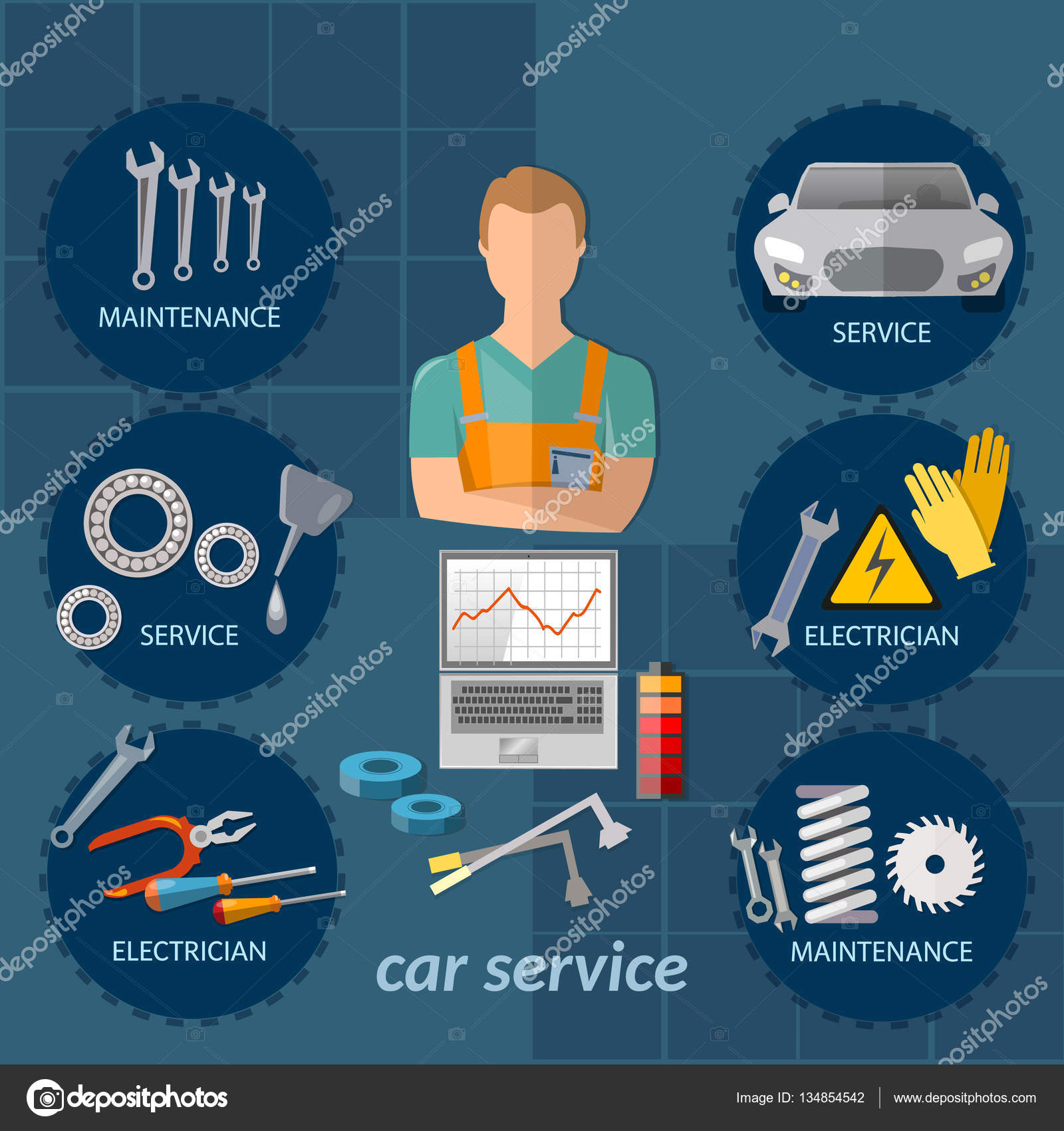Analyzing Your Car'S Alert Lighting: Their Real Ramifications
Analyzing Your Car'S Alert Lighting: Their Real Ramifications
Blog Article
Material Produce By-Vinson Gilbert
When you're behind the wheel, those beautiful caution lights on your dashboard can be a bit perplexing. Do you know what they're trying to inform you concerning your automobile's health and wellness? Understanding the value of these lights is vital for your safety and the longevity of your car. So, the next time one of those lights appears, would not you intend to analyze its message precisely and take the necessary steps to resolve it?
Common Caution Lighting and Interpretations
Identify usual caution lights in your automobile and recognize their significances to make sure secure driving.
The most normal caution lights include the check engine light, which signals issues with the engine or emissions system. If this light begins, it's vital to have your automobile checked immediately.
The oil pressure alerting light indicates low oil stress, needing instant interest to avoid engine damage.
A flashing battery light might recommend a malfunctioning charging system, potentially leaving you stranded otherwise dealt with.
marinedetailing monitoring system (TPMS) light notifies you to low tire pressure, influencing automobile security and fuel performance. Ignoring this might lead to unsafe driving problems.
The abdominal muscle light shows a problem with the anti-lock braking system, jeopardizing your capability to quit quickly in emergencies.
Last but not least, the coolant temperature warning light warns of engine overheating, which can result in extreme damage if not resolved quickly.
Comprehending these typical caution lights will certainly help you attend to issues immediately and preserve safe driving conditions.
Significance of Prompt Interest
Comprehending the common warning lights in your car is only the primary step; the significance of quickly dealing with these cautions can not be emphasized enough to ensure your safety and security when driving.
When a caution light brightens on your control panel, it's your car's method of interacting a potential issue that needs attention. Overlooking these warnings can cause a lot more extreme issues later on, compromising your safety and security and potentially costing you extra in repairs.
Prompt attention to alerting lights can protect against break downs and accidents. For instance, a blinking check engine light can indicate a misfire that, if left unattended, might cause damages to the catalytic converter. Resolving this quickly can conserve you from an expensive repair work.
Similarly, https://www.prnewswire.com/news-releases/sentinel-capital-partners-acquires-empire-auto-parts-301427918.html warning light could signal reduced brake fluid or worn brake pads, vital elements for your safety when driving.
Do It Yourself Troubleshooting Tips
If you see a warning light on your control panel, there are a couple of DIY repairing tips you can attempt prior to seeking specialist assistance.
The primary step is to consult your car's guidebook to understand what the certain warning light suggests. Occasionally the problem can be as simple as a loosened gas cap causing the check engine light. Tightening https://ecu-remapping40628.thenerdsblog.com/35578837/success-story-renewing-an-abandoned-vehicle-with-expert-describing may solve the issue.
One more usual issue is a reduced battery, which can activate numerous advising lights. Checking the battery links for deterioration and guaranteeing they're safe could deal with the problem.
If a caution light persists, you can try resetting it by disconnecting the auto's battery for a couple of minutes and then reconnecting it. In addition, checking your car's liquid degrees, such as oil, coolant, and brake fluid, can aid fix warning lights associated with these systems.
Conclusion
In conclusion, comprehending your vehicle's caution lights is crucial for maintaining your vehicle running efficiently and safely. By quickly attending to these alerts and understanding what they imply, you can avoid pricey fixings and potential failures.
Keep in mind to consult your car's manual for particular information on each cautioning light and act appropriately to ensure a hassle-free driving experience.
Stay notified, remain risk-free on the road!
